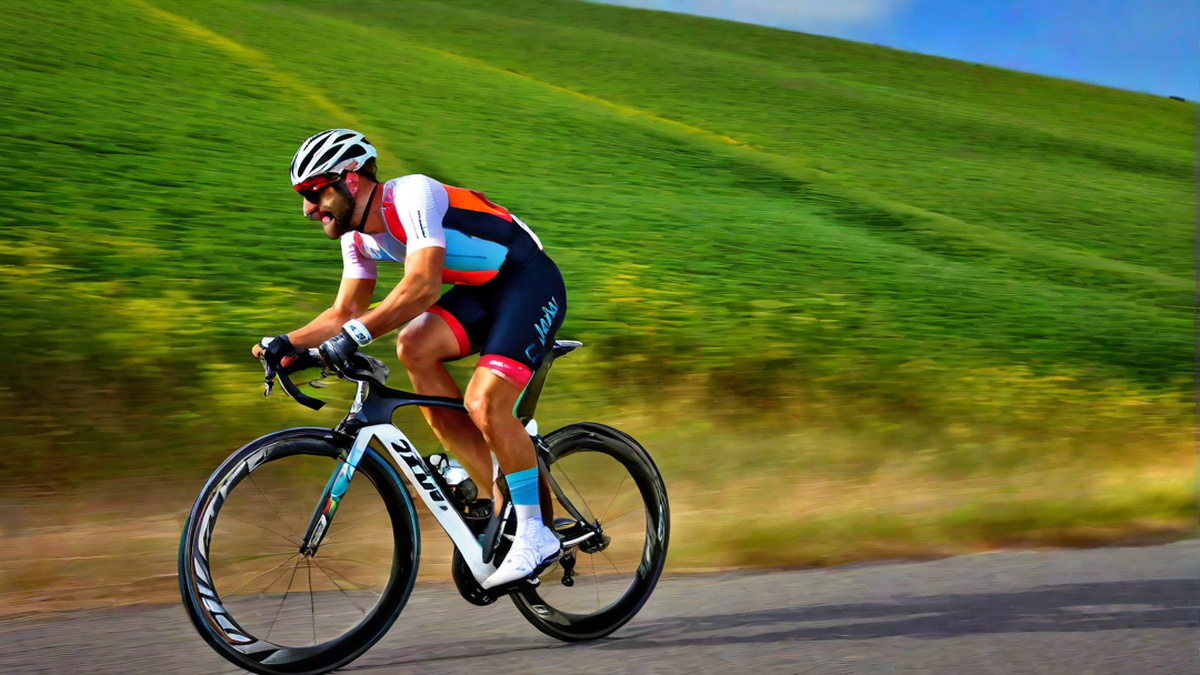As a passionate runner and cycling enthusiast, I often find myself pondering the question: can cycling help with running? After much research and personal experience, I can confidently say that incorporating cycling into your training regimen can indeed have numerous benefits for runners.
The Importance of Cross-Training
Before delving into the specific advantages of cycling for runners, it’s important to understand the concept of cross-training. Cross-training involves participating in different forms of exercise to supplement and enhance your primary sport. By engaging in activities that target different muscle groups and utilize varying movement patterns, you can improve overall fitness and reduce the risk of overuse injuries.
While running is an excellent way to build cardiovascular endurance and strengthen the lower body, it can place a significant amount of stress on the joints and muscles. Incorporating cycling as a form of cross-training allows runners to continue building aerobic capacity while minimizing the impact on their bodies.
Building Cardiovascular Fitness
Cycling is a fantastic cardiovascular exercise that can significantly improve your fitness level. When you cycle, your heart rate increases, and your lungs work to supply oxygen to your muscles. By consistently challenging your cardiovascular system through cycling, you can enhance your endurance, which directly translates to improved running performance.
Additionally, cycling can help increase your lactate threshold, which is the point at which lactic acid starts to accumulate in your muscles. By pushing your body to maintain a higher intensity during cycling, you can improve your ability to tolerate and remove lactic acid from your muscles, delaying fatigue during those long-distance runs.
Strengthening Muscles
While running predominantly targets the muscles in the lower body, cycling engages a broader range of muscles. Cycling primarily works the quadriceps, hamstrings, glutes, and calves, helping to strengthen and tone these muscles. Stronger leg muscles can result in improved running form and increased power and efficiency when running uphill or sprinting.
What’s even more impressive is that cycling also activates the core muscles, including the abs and lower back. A strong core is essential for maintaining proper posture and stability while running, reducing the risk of injuries related to poor form.
Active Recovery and Injury Prevention
One of the great benefits of cycling for runners is its role in active recovery and injury prevention. Running puts a lot of stress on the joints, especially when training for long distances or at high intensities. By incorporating cycling into your routine on rest days or as a low-impact alternative to running, you can give your body a chance to recover while still engaging in a cardiovascular workout.
Cycling can also be beneficial for runners who are dealing with injuries or looking to prevent them. The low-impact nature of cycling reduces the strain on joints and allows for active recovery, promoting blood flow to injured areas and aiding in the healing process. It can also provide an opportunity to maintain cardiovascular fitness during periods of reduced running.
Conclusion
From the improved cardiovascular fitness to the strengthening of muscles and the role it plays in active recovery, cycling undoubtedly offers several advantages for runners. By incorporating cycling into your training routine, you can enhance your overall fitness, reduce the risk of injury, and ultimately improve your running performance. So, hop on that bike, and feel the benefits both on the road and on the trails!

